Industry Setup Relevance:
ABMS could be a twist on traditional manufacturing by using software agents to control different parts of the process. Imagine a factory where machines, workstations, and even software programs aren’t just following instructions but can somewhat act and decide independently. This helps in faster problem-solving mechanisms and could help reduce human intervention in automated systems.
A little about our studio project:
Aim:
“To develop an efficient processing strategy for end-of-life dimensional timber so that it can be repurposed in a design for disassembly workflow for temporary structures.”


Agent-based Manufacturing System
Overview

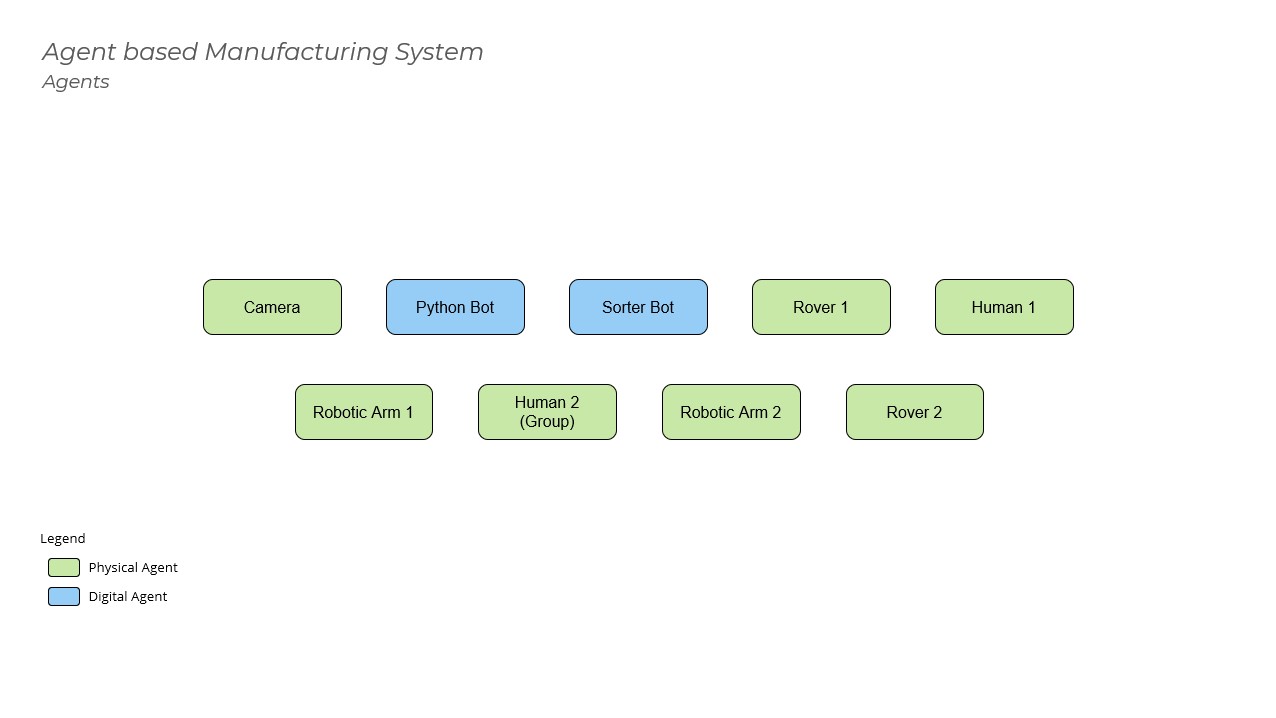
Goals and Sub-Goals

Communication between agents

Agents – Roles – Goals



Rules/Norms
Linear Workflow: Do not start until the last one finishes.
Proxy Leader: If one of the processes malfunctions, the next one takes over for all the data already available until the supervisor fixes the process.
Deadlines: Agents must complete tasks and achieve milestones within the set timeframe, prioritizing safety and precision throughout.
Conflict communication
Negotiation: This will be based on a weighted average of all the parameters and priority of the agent’s action. The higher one takes priority.
Agents – Roles – Actions
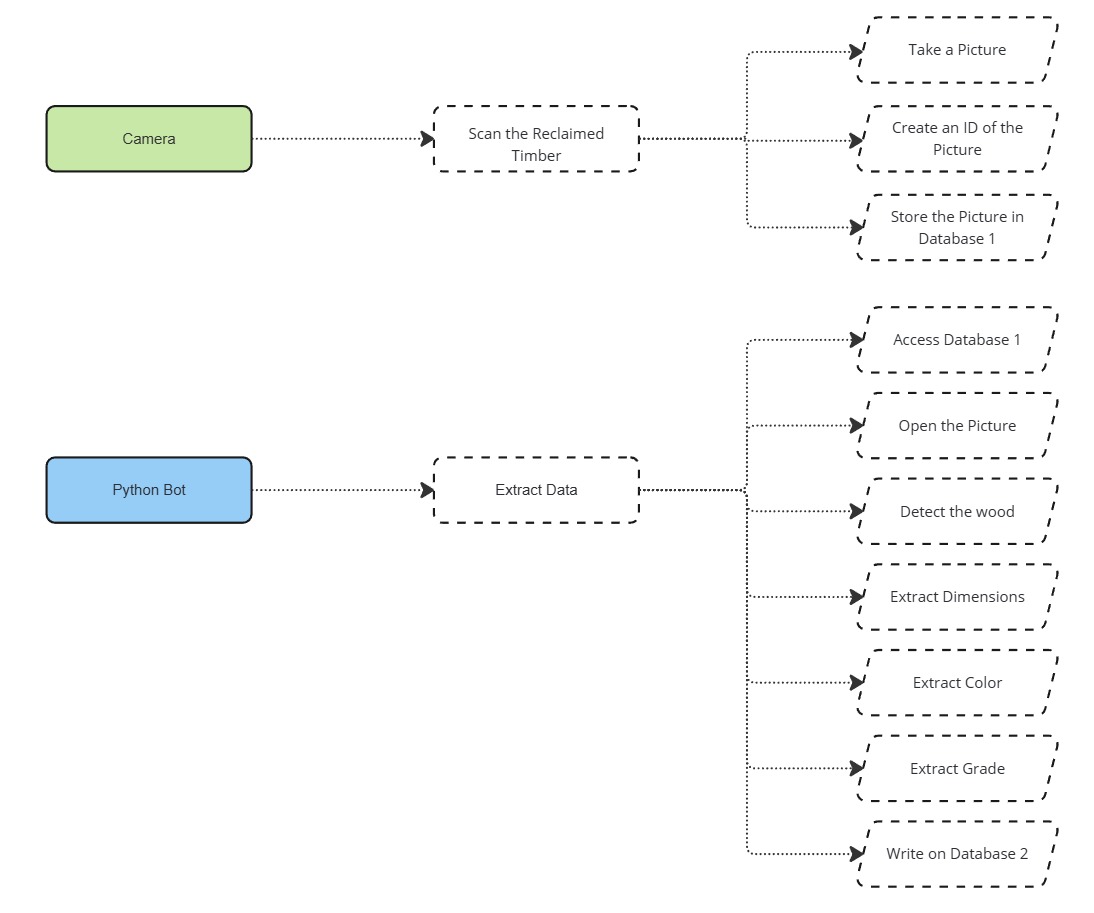
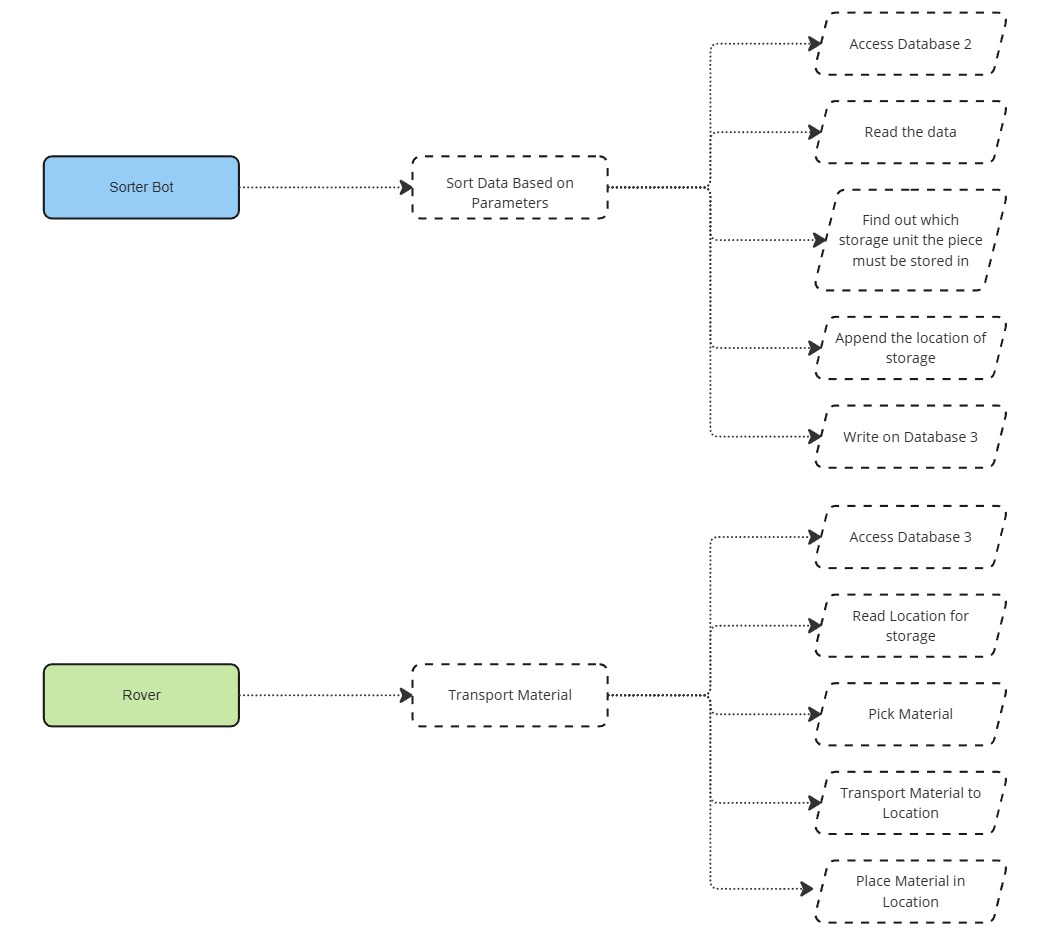
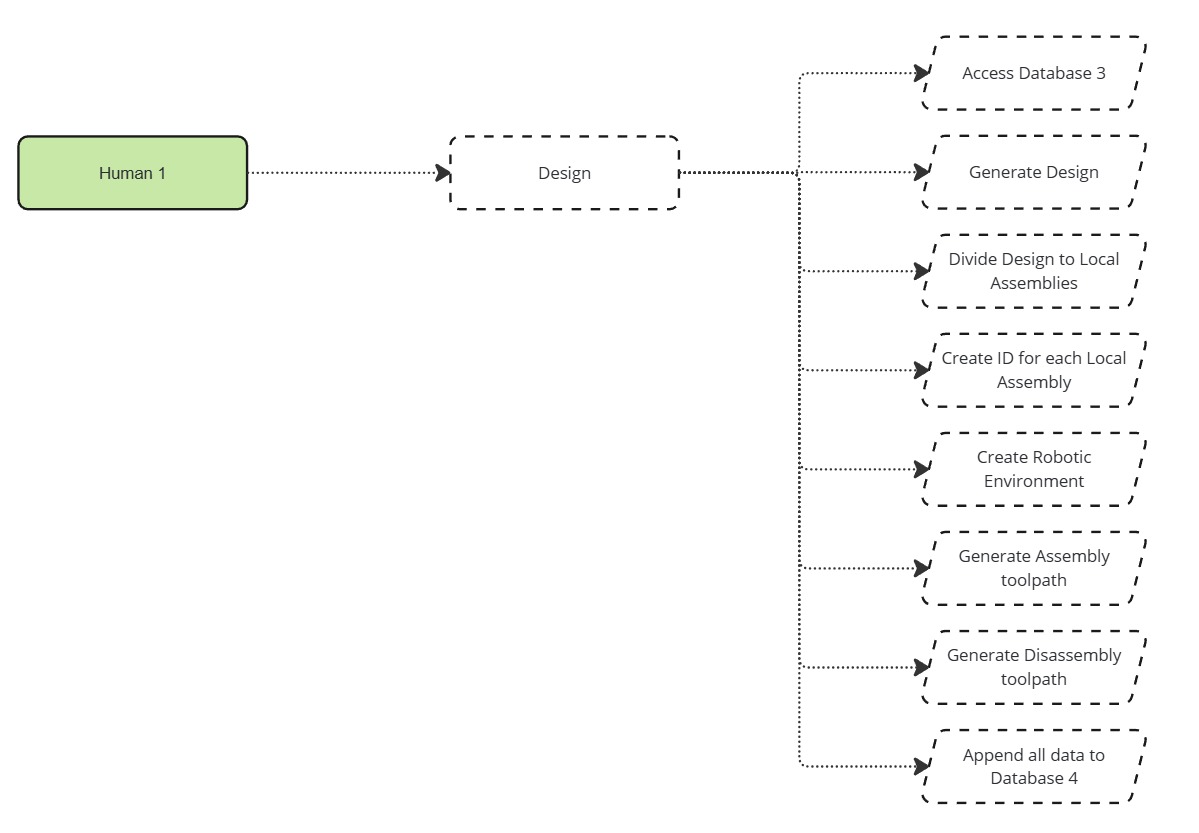
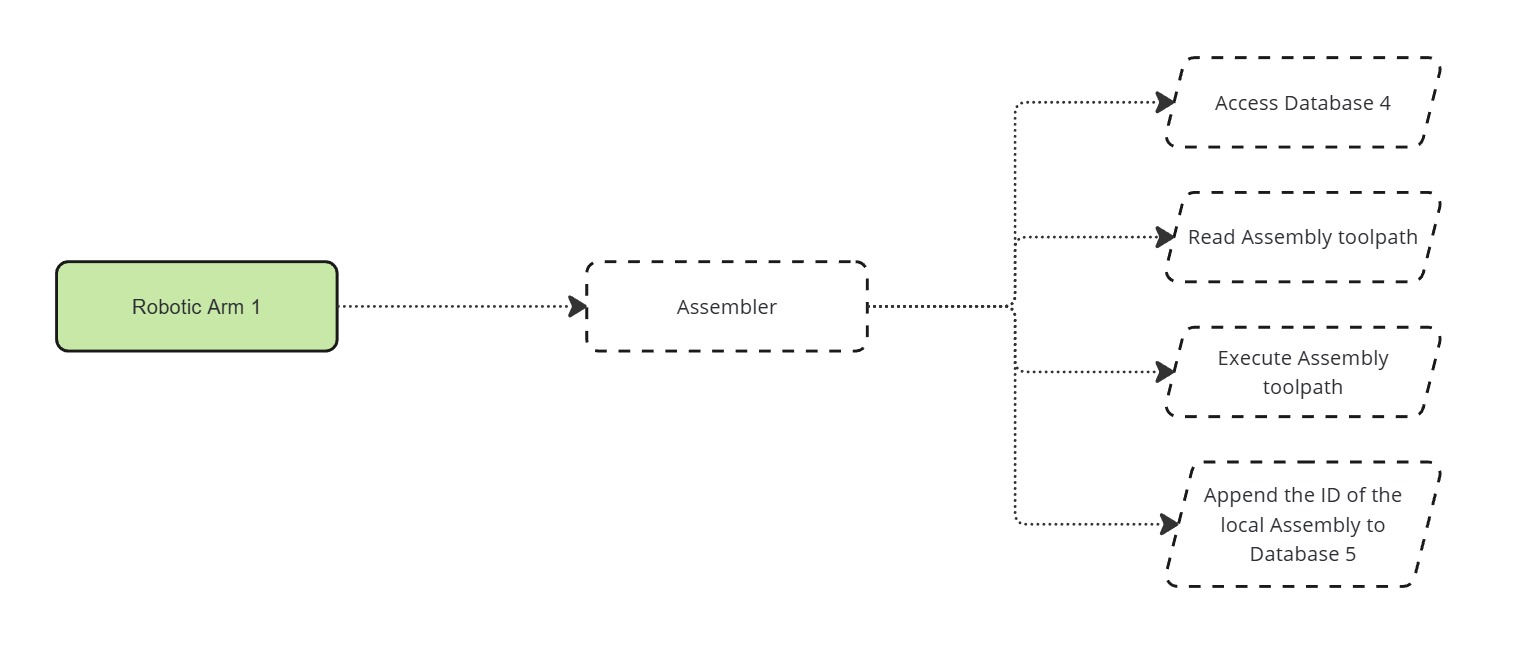
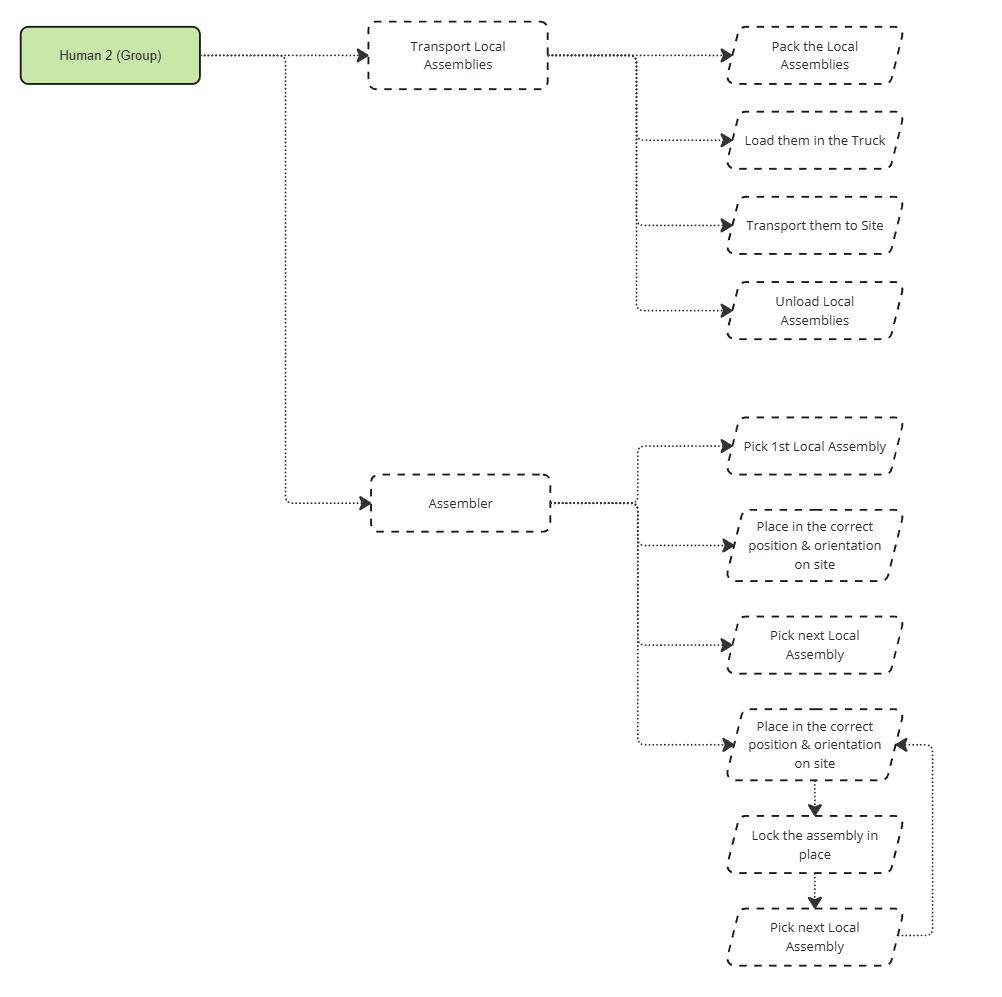
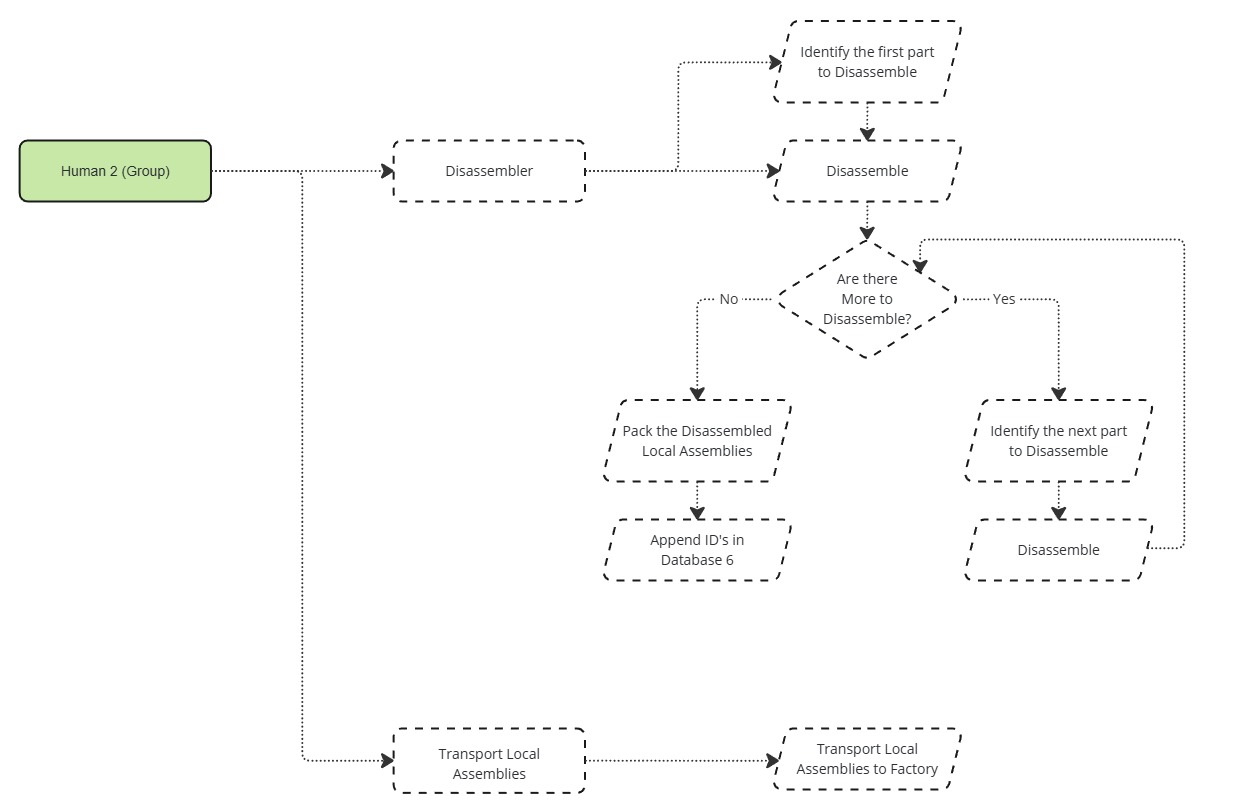
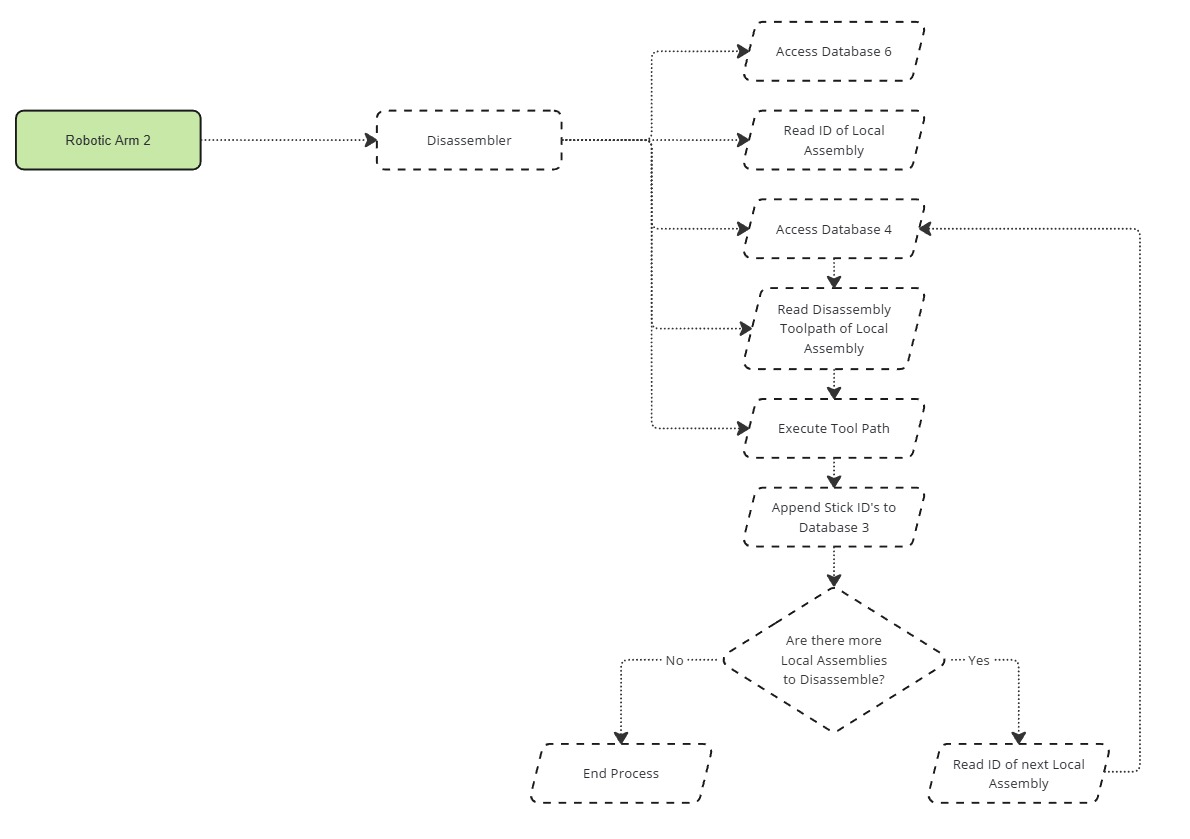
System Overview



